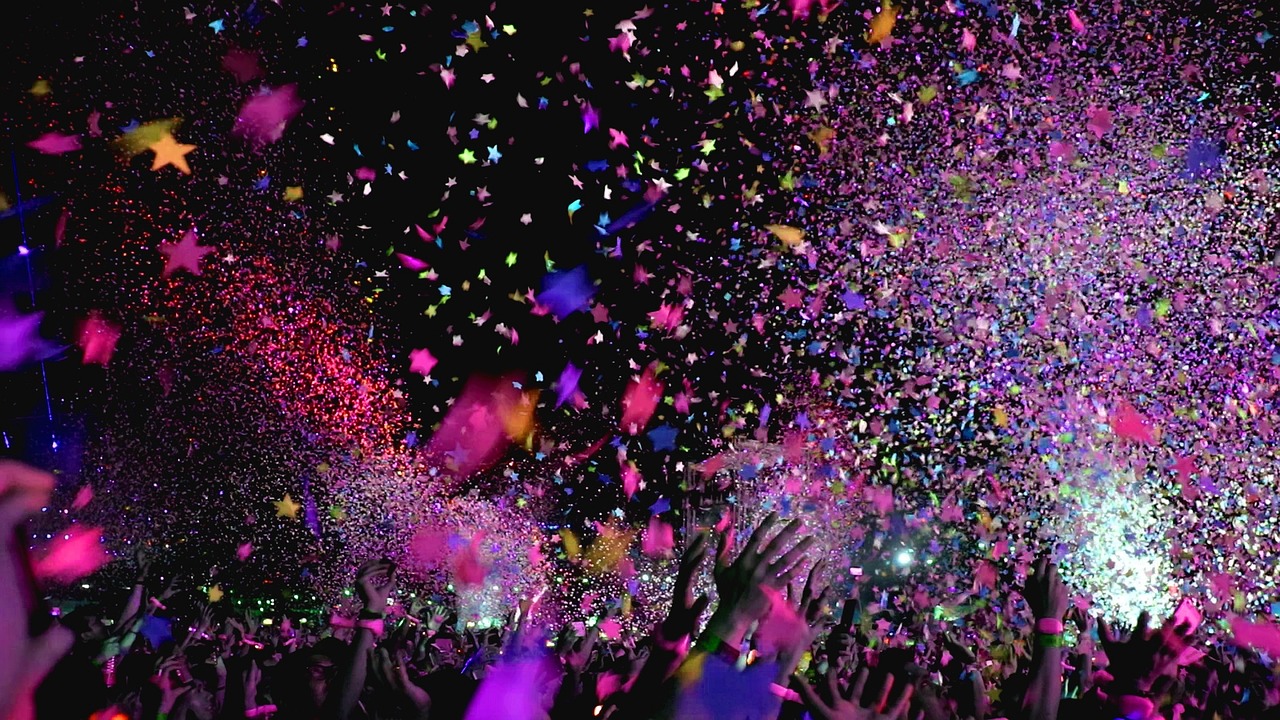The Cost Difference Between Using LED and Incandescent Lightbulbs
Light bulbs are one of those things that you don’t really pay attention to until one burns out and you have to replace it. So when that time comes, do you replace it with an incandescent bulb, or a...


Photo: Tutatamafilm (Shutterstock)
Light bulbs are one of those things that you don’t really pay attention to until one burns out and you have to replace it. So when that time comes, do you replace it with an incandescent bulb, or a newer LED bulb? Here’s what to know about the differences in cost between the two.
The difference between incandescent and LED light bulbs
Before we get into a cost comparison, let’s take a look at what sets LED bulbs and incandescent bulbs apart.
Incandescent light bulbs have been around since the 1800s, and up until relatively recently, were the only show in town. You know the type: When electric current passes through the tungsten filament inside the glass bulb, it heats up enough to produce light.
LED (light-emitting diodes) is solid-state lighting—meaning that the materials used to generate the light are encased within a solid material. Because of this, LEDs don’t heat up the way incandescent bulbs do. While early versions of LED bulbs produced cold, harsh light that made your living room like a supermarket dairy case, they’ve gotten softer and warmer (in color) over the years.
G/O Media may get a commission

60% off
Jachs NY Fall Sale 60% Off
Styles starting at $29
Layer up with Jachs NY’s fall sale—60% off fall styles. Shirts start at $29, and with the promo code, you can curate a whole layered look.
Use the promo code FALL60
Incandescent vs. LED light bulbs: A cost comparison
At around $5 to $7 per bulb, LED lights are initially more of an investment than their incandescent equivalents—which go for around $2 to $3 per bulb. But, when you factor in energy costs, they’re a better value in the long run. According to the U.S. Department of Energy, residential LED bulbs use at least 75% less energy than incandescent lighting, and last up to 25 times longer.
So how do the costs break down over time? The team at Hutton Power and Light did the math for us. The figures are from 2019, and are calculated using the average cost of electricity in Virginia that year ($0.11 per kWh), but you’ll get the general idea.
The comparison was done using two bulbs of similar brightness: A 60W incandescent and a 12W LED:
The 60W incandescent bulb uses 60 kilowatt-hours (kWh) of electricity every 1,000 hours. At the rate of $0.11 per kWh, it would cost $6.60 to operate the incandescent bulb for 1,000 hours.The 12W LED bulb uses 12 kWh of electricity every 1,000 hours. At the rate of $0.11 per kWh, it would cost $1.32 to operate the LED bulb for 1,000 hours.
You can find more of their calculations here, or do your own, plugging in your own electricity rate.

 ShanonG
ShanonG 































